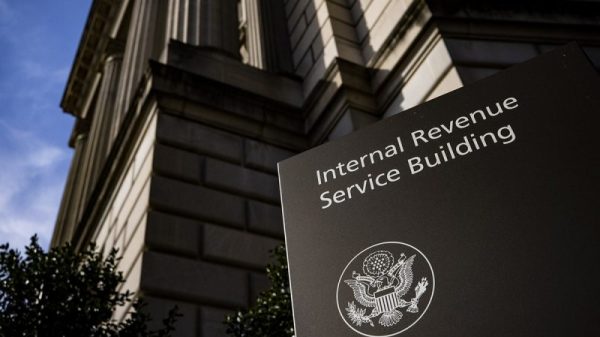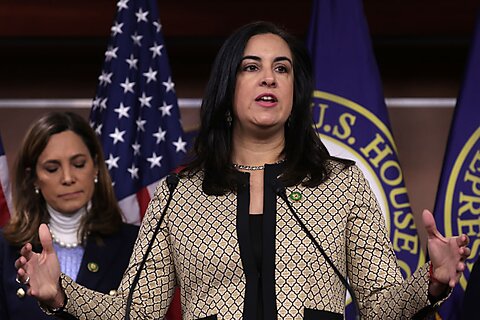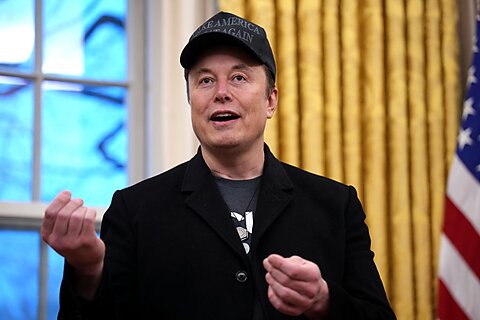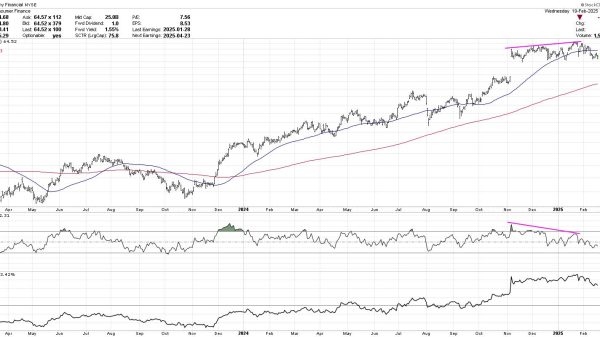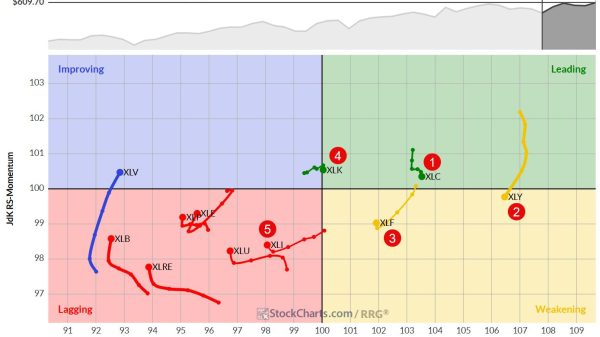Congress is currently debating whether to spend about $175 billion on deportations to avoid future payments like the $650 million that Congress spent on shelter and other services for migrants last year. Poorly spending $650 million last year doesn’t justify spending 269 times as much to avoid similarly relatively small costs when Congress could just decide not to spend the money on migrant shelter and services in the first place.
The better policy would instead end noncitizen access to welfare and entitlement benefits, which could save over $109 billion in the first year.
Cato released a new paper today on immigrant consumption of welfare and entitlement benefits that will aid in such analysis. To put the following in context, the federal government spent about $2.8 trillion in welfare and entitlement programs in 2022, equal to approximately 45 percent of all federal outlays. Over $2 trillion on Social Security and Medicare, and another $784 billion on means-tested welfare benefits. States spent an additional $255 billion.
We find that all immigrants consumed 21 percent less welfare and entitlement benefits than native-born Americans on a per capita basis in 2022, based on data from the Survey of Income and Program Participation (SIPP). Immigrants were 14.3 percent of the US population and consumed just 11.9 percent of all means-tested welfare and entitlement benefits that year.
The biggest myth in the debate over immigrant welfare use is that noncitizens — which includes illegal immigrants and those lawfully present on various temporary visas and green cards — disproportionately consume welfare. That is not the case. Noncitizen immigrants consumed 54 percent less welfare than native-born Americans. Noncitizens were 7.3 percent of the population and consumed just 3.5 percent of all welfare and entitlement benefits. In total, noncitizens consumed $109.4 billion in benefits in 2022.
However, naturalized immigrants consumed 17 percent more welfare than native-born Americans because they are an older population—they consumed 7 times as much Social Security and 4.3 times as much Medicare as noncitizens on a per capita basis. Naturalized immigrants were 7 percent of the population and consumed 8.4 percent of welfare benefits. Figure 1 breaks out per capita welfare consumption per program.
The entitlement programs of Medicare and Social Security are the cornerstones of the American welfare state. Although immigrants use less than native-born Americans overall, naturalized immigrants use more than natives. However, the results are different when only means-tested programs are considered: noncitizens consume less means-tested welfare than native-born Americans (Table 1). Naturalized immigrants also use less means-tested welfare than native-born Americans.
As mentioned above, our new paper is an update of earlier Cato studies on this topic with a slight methodological improvement that adjusts underreported benefit use by demographic groups rather than uniformly adjusting across all groups. This leads to more accurate estimates. Our new paper also includes data on Earned Income Tax Credit consumption, and the results are broadly broken out by racial and ethnic groups.
This new brief is an analysis of the consumption of welfare benefits; it is not a net-fiscal impact analysis that considers the consumption of other government services or tax revenue. Please read Cato’s other research on the net-fiscal effects of immigration here, here, and here.
One of the tragedies of the welfare state is that it motivates the government and voters to see people as accounting pluses or minuses based on their net contributions to the welfare state. It ignores all the other positives that people, especially lower-skilled workers, contribute. For example, a janitor may have a low income and would likely consume more in welfare than he pays in taxes, but he contributes valuable services that others demand. There is a consumer surplus produced by his labor that is not measured by the welfare state’s bean counters. However, the economy-wide gains can be increased or the losses reduced (depending on the specifics in this scenario) by limiting access to welfare to the extent where even lower-skilled workers can turn into net taxpayers.
Rather than reaching toward expensive mass deportations as a solution to fiscal issues, the more free-market, libertarian, and fiscally responsible solution is to build a higher wall around the welfare state, as Cato scholars have long suggested.
Noncitizens should have zero access to means-tested welfare and entitlement programs in the United States, but that policy goal shouldn’t also distract us from understanding the current state of affairs. The problems with the American welfare state are not imported and won’t be solved with mass deportations.







